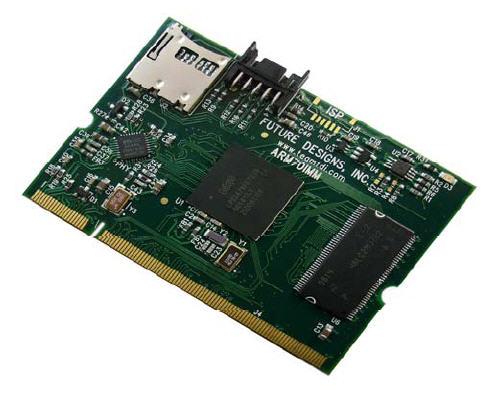ARM922T: Features: • 32-bit reduced instruction set computer (RISC) architecture• Two instruction sets:- ARM® high-performance 32-bit instruction set- Thumb® high-code-density 16-bit inst...
floor Price/Ceiling Price
- Part Number:
- ARM922T
- Supply Ability:
- 5000
Price Break
- Qty
- 1~5000
- Unit Price
- Negotiable
- Processing time
- 15 Days
SeekIC Buyer Protection PLUS - newly updated for 2013!
- Escrow Protection.
- Guaranteed refunds.
- Secure payments.
- Learn more >>
Month Sales
268 Transactions
Payment Methods
All payment methods are secure and covered by SeekIC Buyer Protection PLUS.

 ARM922T Data Sheet
ARM922T Data Sheet







